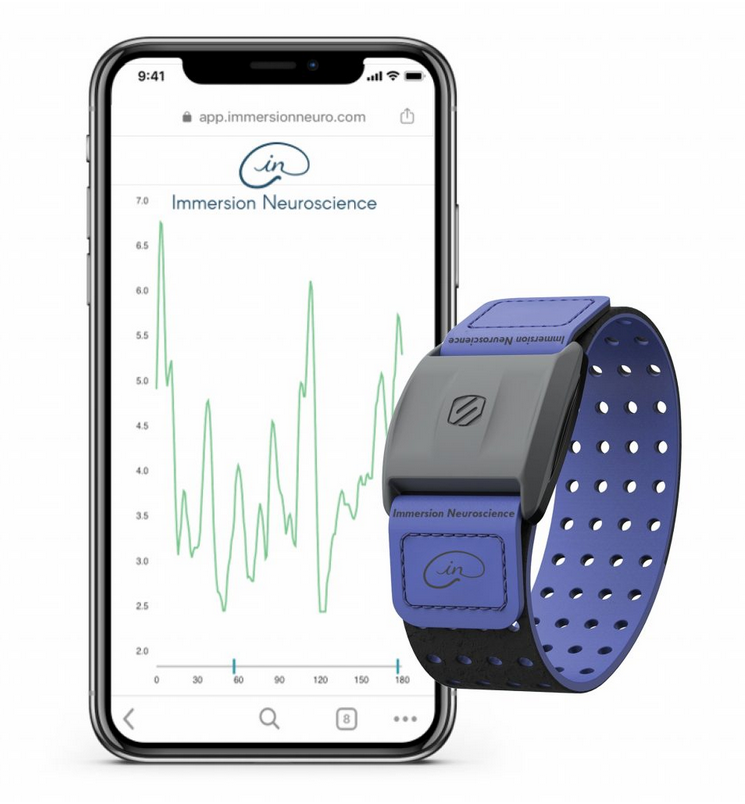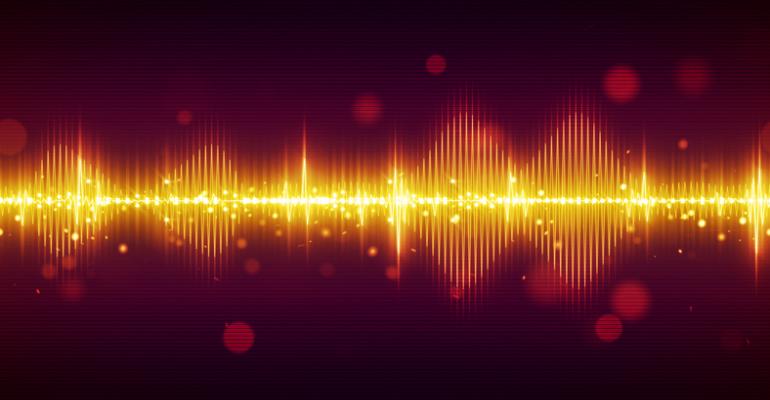The challenge with meeting engagement is that it’s really, really tough to measure. Conference planners look at session attendance, session polling, social media buzz, post-event surveys, and more. But understanding the impact that certain ideas, speakers, or live-event environments have on attendees is an inexact science. That just might be changing. Immersion Neuroscience, a company founded by neuroscientist Paul Zak, has a wearable technology that measures immersion in live experiences and video content.
 A small monitor, about one-inch square, straps onto an attendee’s forearm to track what the company describes as “signals coming from the nervous system” in order to “accurately predict attention and emotional engagement” and therefore what they remember and act on. The information is tracked passively and anonymously and fed to a web-based platform for analysis in real-time. While Zak has used the system with advertising and public relations for ad testing and market research, he sees attendee engagement measurement at meetings and conferences as a huge opportunity, based on his success measuring immersion at training events at Accenture. Zak attended IMEX America in early September to announce a new partnership with Bishop-McCann, the Kansas City–based independent meeting and incentive company.
A small monitor, about one-inch square, straps onto an attendee’s forearm to track what the company describes as “signals coming from the nervous system” in order to “accurately predict attention and emotional engagement” and therefore what they remember and act on. The information is tracked passively and anonymously and fed to a web-based platform for analysis in real-time. While Zak has used the system with advertising and public relations for ad testing and market research, he sees attendee engagement measurement at meetings and conferences as a huge opportunity, based on his success measuring immersion at training events at Accenture. Zak attended IMEX America in early September to announce a new partnership with Bishop-McCann, the Kansas City–based independent meeting and incentive company.
Rob Adams, Bishop-McCann’s president and CEO, expects the wearable to be a giant step forward for understanding if the goals of a meeting are met, the “Return on Experience.” “We see this technology infusing tremendous innovation into the industry to solve the largest challenge: Do I know if my meeting, event, or training program met my objective and did my attendees have an immersive experience?” Adams says.
According to Zak, having 35 people in an audience wear a monitor collects enough data to be extrapolated to an entire group and content can be tested live or via video. Applications for meetings and events include
• Testing an audience’s reaction to speakers’ and trainers’ content before an event.
• Understanding which parts of a presentation the audience was most immersed in and will remember.
• Identifying the physical spaces—networking locations or elements of the exhibit floor—where attendees are most immersed.





